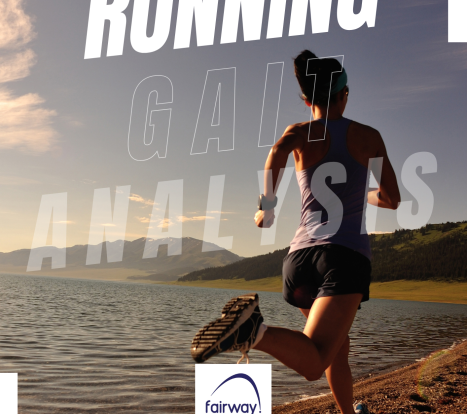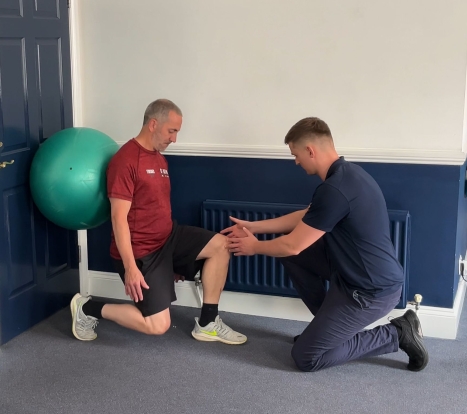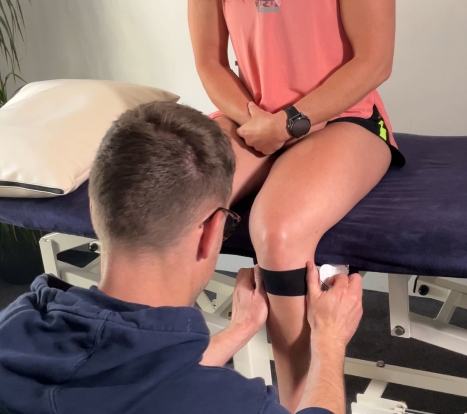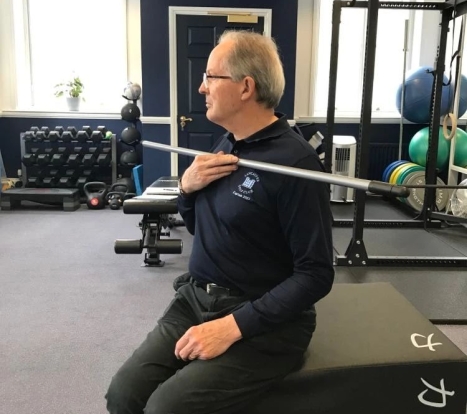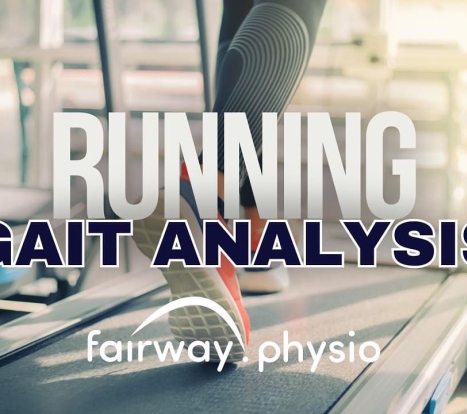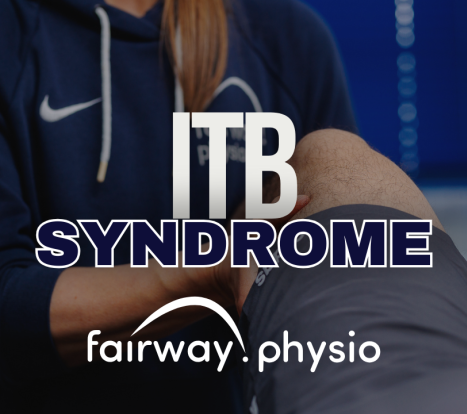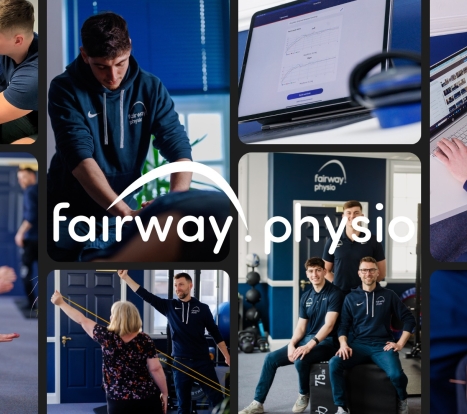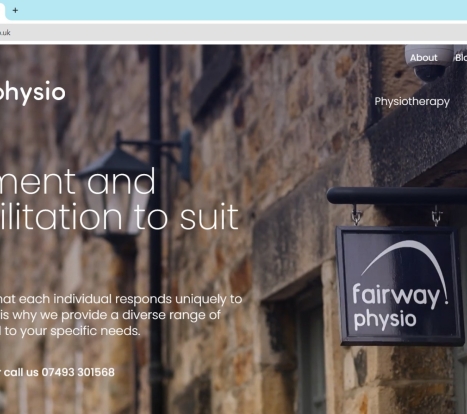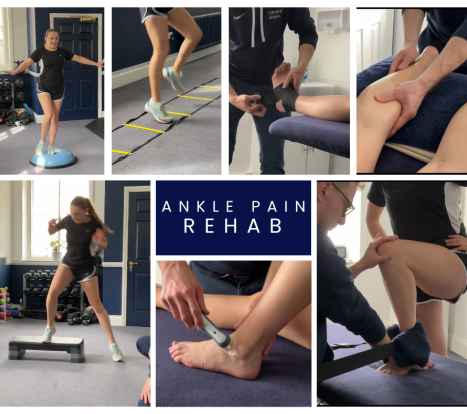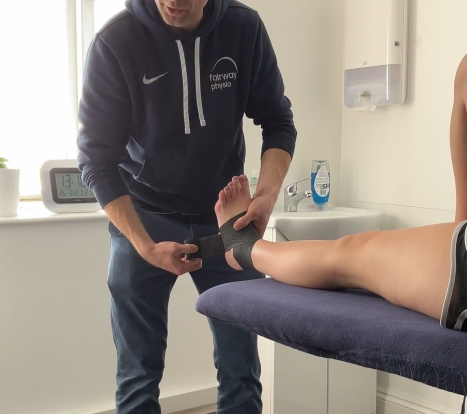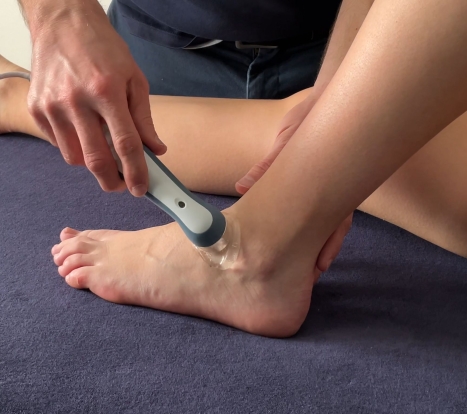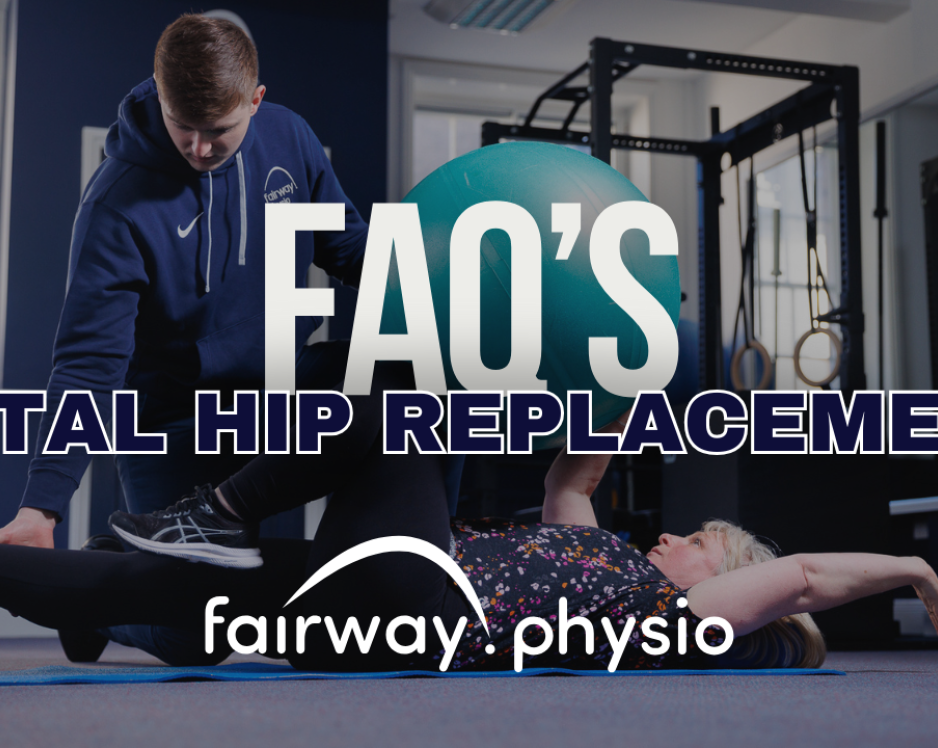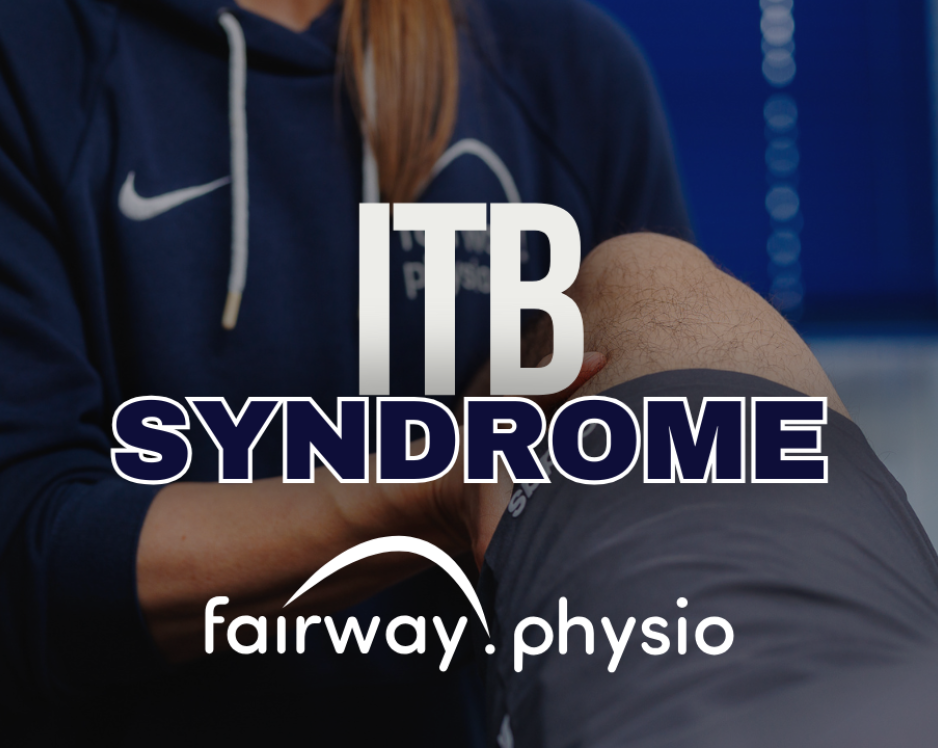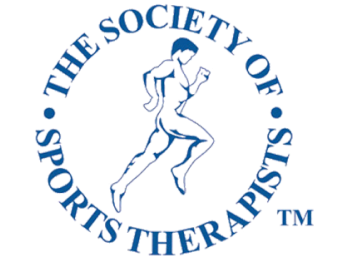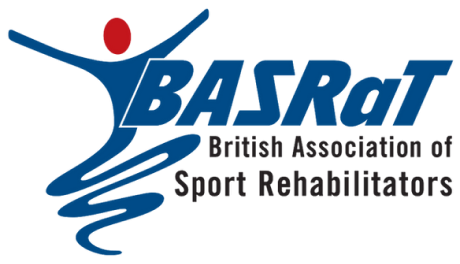
Understanding Runner's Knee: Causes, Symptoms, and Effective Rehabilitation
Runner’s knee, medically known as patellofemoral pain syndrome (PFPS), is a common condition that affects runners and active individuals. It is characterised by pain around or behind the kneecap (patella), often worsened by running, squatting, climbing stairs, or sitting for long periods. If left unaddressed, it can hinder performance and lead to prolonged discomfort.
Common Causes of Runner’s Knee
Several factors contribute to the development of runner’s knee, including:
1. Sudden Increase in Training Load
One of the primary causes of runner’s knee is a rapid change in training intensity (loading), frequency, or duration. The patella tendon and surrounding structures need time to adapt to increased loads. Runners who suddenly increase mileage or intensity without adequate progression are at higher risk of developing PFPS.
2. Poor Biomechanics
Faulty movement patterns can lead to excessive stress on the knee joint. Poor foot and ankle control, weak hip stabilisers, or improper running form can all contribute to misalignment and increased patellar stress.
3. Muscle Imbalances
Weakness or tightness in key muscle groups—particularly the quadriceps, hamstrings, glutes, and calf muscles—can affect knee stability. Weak gluteal muscles, in particular, can lead to poor hip control, causing the knee to track improperly.
4. Inadequate Footwear
Worn-out or inappropriate running shoes that lack sufficient cushioning and support can alter biomechanics and contribute to knee pain. Ensuring proper footwear that is comfortable and helps to stabilise the foot and ankle is crucial in preventing overuse injuries.
5. Previous Injuries
A history of knee injuries, such as ligament sprains, meniscus tears, or patellar tendonitis, can make an individual more susceptible to further injury, including runner’s knee. Addressing any lingering weaknesses or imbalances is essential for reducing the risk of recurrence. An assessment with a Physiotherapist or Sports Therapist should help you to identify the areas that you need to improve to reduce the risk of further injury.
Managing Runner’s Knee: Activity Modification and Rehabilitation
If you’re experiencing symptoms of runner’s knee, taking early action is key to effective recovery. Here’s how to manage and rehabilitate the condition:
1. Adjust Your Activity Levels
Reduce or modify high-impact activities like running and jumping to avoid further irritation of the knee. Reducing activity, rather than stopping your activities (as symptoms allow) is preferable to allow the injured knee structures to continue their normal function and help to condition the newly forming scar tissue to cope with load. Maintaining some activity level also helps to prevent general deconditioning and joint and tendon stiffness.
Introduce other low-impact training alternatives such as swimming or cycling to help maintain cardiovascular fitness without excessive knee stress.
Gradually reintroduce running with shorter distances and a focus on proper technique.
2. Strengthening and Rehabilitation Exercises
A structured rehabilitation programme is essential for long-term recovery. Early phase rehabilitation exercises may include:
Quadriceps Strengthening
Straight-leg raises
Isometric quad contractions at various angles of knee flexion
Eccentric knee extensions with resistance bands or using a knee extension machine
Glute Activation and Hip Stability
Clamshells
Side-lying leg raises
Mini banded Hip bridging
Core and Lower Limb Stability
Single-leg balance exercises
Controlled lunge variations and/or squats (in pain-free range)
Resistance band crab walks
3. Stretching and Mobility Work
Tight muscles can contribute to knee pain. Include regular foam rolling and stretching of the quadriceps, hamstrings, hip flexors, and calves to maintain flexibility and imbalances.
4. Proper Footwear and Running Technique
Ensure you wear supportive, well-cushioned running shoes suitable for your foot type.
Consider a gait analysis to assess and correct any biomechanical inefficiencies.
Maintain an upright posture and aim for a midfoot strike while running to reduce excessive knee loading. This could be achieved by shortening your stride length / increasing cadence.
5. Load Management and Gradual Progression
Avoid drastic increases in weekly running mileage. You could employ the well-known 10% rule, whereby you do not increase your milage by more than 10% per week. This may serve as a rough guide.
Integrate strength training to build resilience in the muscles and soft tissues surrounding the knee.
Listen to your body and allow sufficient recovery between training sessions.
When to Seek Professional Help
If knee pain persists despite self-management, consult a physiotherapist / Sports Therapist for a comprehensive assessment and tailored rehabilitation plan. A professional can identify underlying biomechanical issues, provide manual therapy if necessary, and guide you through a progressive return-to-running programme.
Final Thoughts
Runner’s knee can be a frustrating setback, but with the right approach to activity modification, rehabilitation, and strengthening, most individuals can make a full recovery. By understanding the causes and implementing proper training strategies, you can reduce the likelihood of recurrence and continue running pain-free.
If you’re struggling with knee pain and need our expert guidance, we are here to help. Book an appointment today to start your recovery journey!

